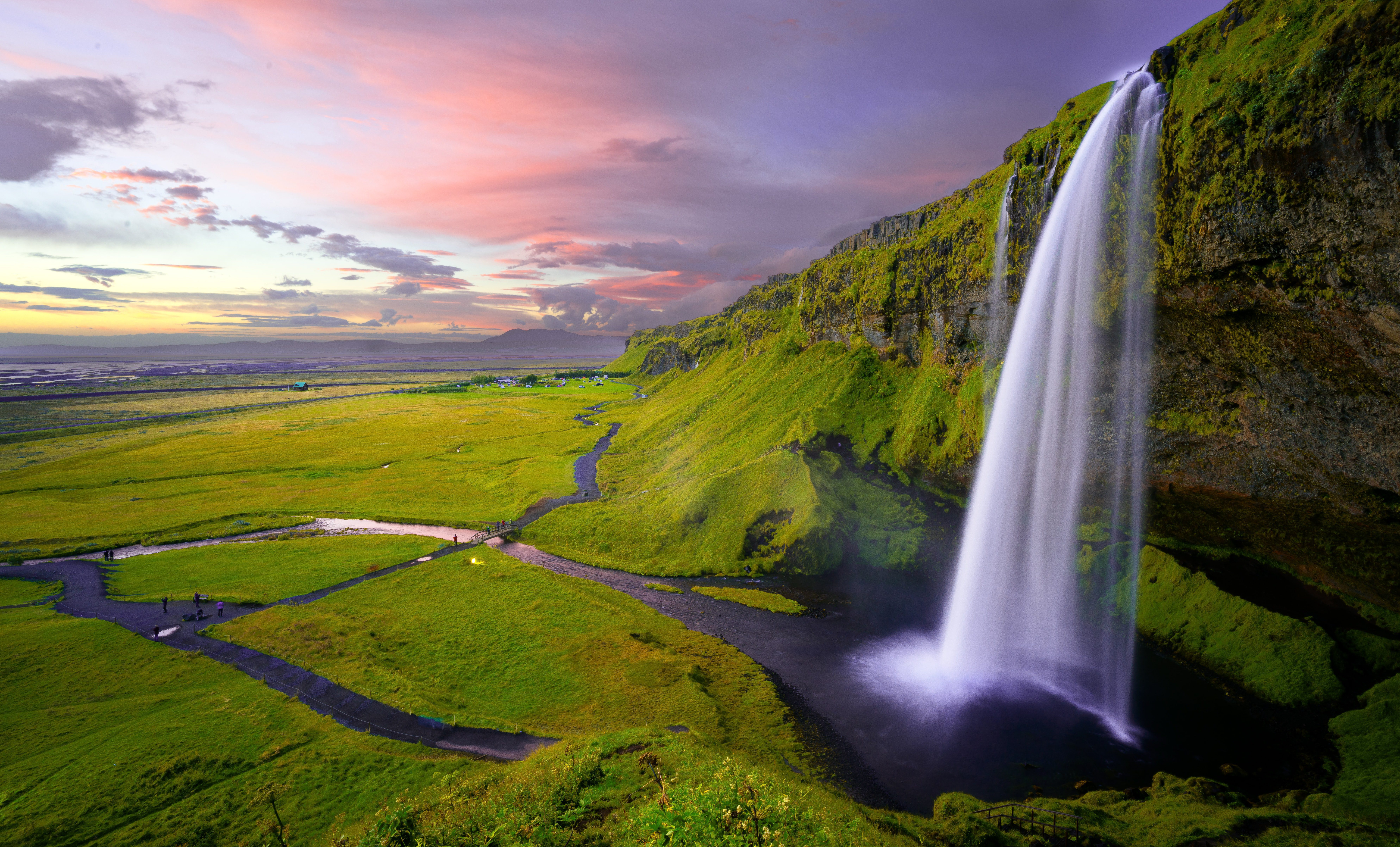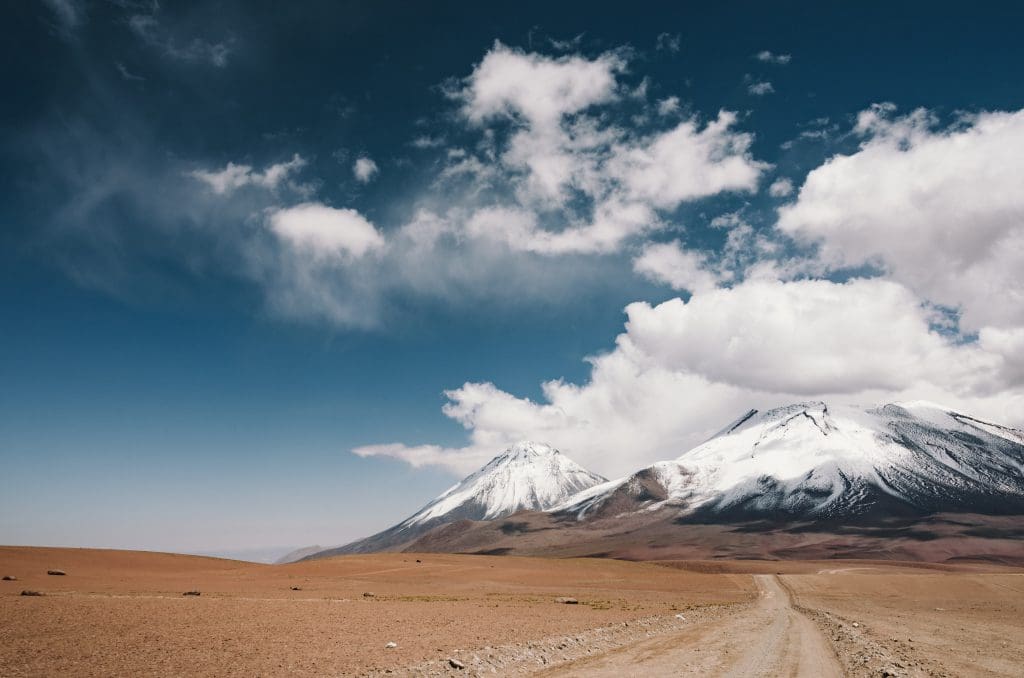A deep depth of field (DoF) means having the entire frame in focus. Both foreground and background are sharp and clear, and the viewer can see all the details in the frame. When you use a deep depth of field you can’t hide anything and it’s much more difficult to create well-balanced compositions. However, some photographers prefer to use a deep DoF because, despite its challenges, a deep depth of field has some really strong points.
The benefits of using a deep depth of field
A deep DoF allows you to make the entire scenery visible and sometimes this is exactly what you need. Large subjects such as landscapes, cityscapes, architectural scenes, and family photos are just some of the subject matters that benefit from using a deep DoF. Moreover, a deep DoF provides context for your subject. It’s very similar to the way writers localize the character before building the plot. The viewer wants to know everything about the character and having a clear background gives you space to add extra elements. For example, you can add a location or a temporal element.
Other benefits of using a deep DoF are:
- Flattens the scene and makes objects seem closer to each other
- Emphasizes geometric elements such as lines and patterns
- Creates visual narratives and provides more than one interesting area

Photo by Robert Lukeman on Unsplash
How to achieve a deep depth of field
To achieve a deep DoF you need a small aperture (a large f-number, 16 or larger). This means less light coming into the lens. Therefore, you need to compensate with slow shutter speeds and high ISO to avoid underexposed images. A deep DoF can be also achieved by putting a large distance between the camera and the subject or by using a lens with a short focal length. For example, is much easier to achieve a deep DoF when you photograph a vast landscape from far away or use a mobile phone camera that has a very short focal length. You can also achieve this in post with a technique called focus stacking. Nick Page does a good job explaining Focus Stacking here. Thomas Heaton has a video about it here.

Photo by Marcelo Quinan on Unsplash
When to use a deep depth of field
A deep DoF is perfect for wide scenery such as landscapes, panoramas, and cityscapes. You can use it for night scenery, a large group of people, and architectural details too. Nevertheless, a deep DoF is also useful when you want to create more artistic compositions and carefully choose each element that enters the frame. A good example is food photography. The dimensions of the subject don’t matter anymore. Another good example is the artful game of light, shadows, colors, and silhouettes of Jeff Karp, in which there’s no place for blurring.
Photo Instagram
Photography is a challenging art. You get to work in uncontrolled conditions, with unknown subjects. Still, you have to find the best perspective, know the unseen story, and fill the frame with essential elements to convey the right message. It’s hard but it’s so beautiful and rewarding!
Cover photo by Steve Harvey on Unsplash

